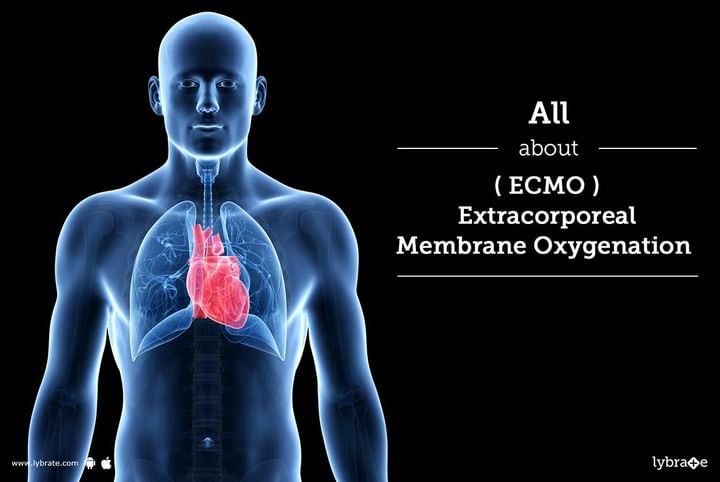All About ECMO - Extracorporeal Membrane Oxygenation
How many of us had heard about Extracorporeal Membrane Oxygenation (ECMO) before Tamil Nadu, Chief Minister late J Jayalalithaa was put on it for recovery? Hardly a handful. Patients who are placed on the device have 50-50 chance of survival and while it could not help the late Chief Minister, her condition put a spotlight on ECMO.
What is ECMO?
ECMO is a life support device that is put in place when a patient’s heart and lungs stop functioning completely post a cardiac arrest. When the patient does not respond to Cardio Pulmonary Resuscitation (CPR), the patient is put on ECMO.
Function of ECMO
The core function of the device is to separate carbon dioxide from the blood and add oxygen into it. It takes the load off from heart and lungs, providing critical time to the body organs for its treatment and recovery.
Patients are only put on ECMO, if there is a chance that the condition can be reversed.
How does ECMO work?
The device drains blood from a vein, which is attached to an oxygenator machine. The machine then removes carbon dioxide from the blood and adds oxygen to it. Depending upon the condition of the patient, the warm blood is either pumped into the body with the help of the machine or is transferred back into the body through an artery.
How long a patient can be on ECMO?
- After seven days of being put on ECMO,there are chances of patient getting an infection.
- In case the patient contracts an infection, it is recommended to take the patient off ECMO support.



+1.svg)
